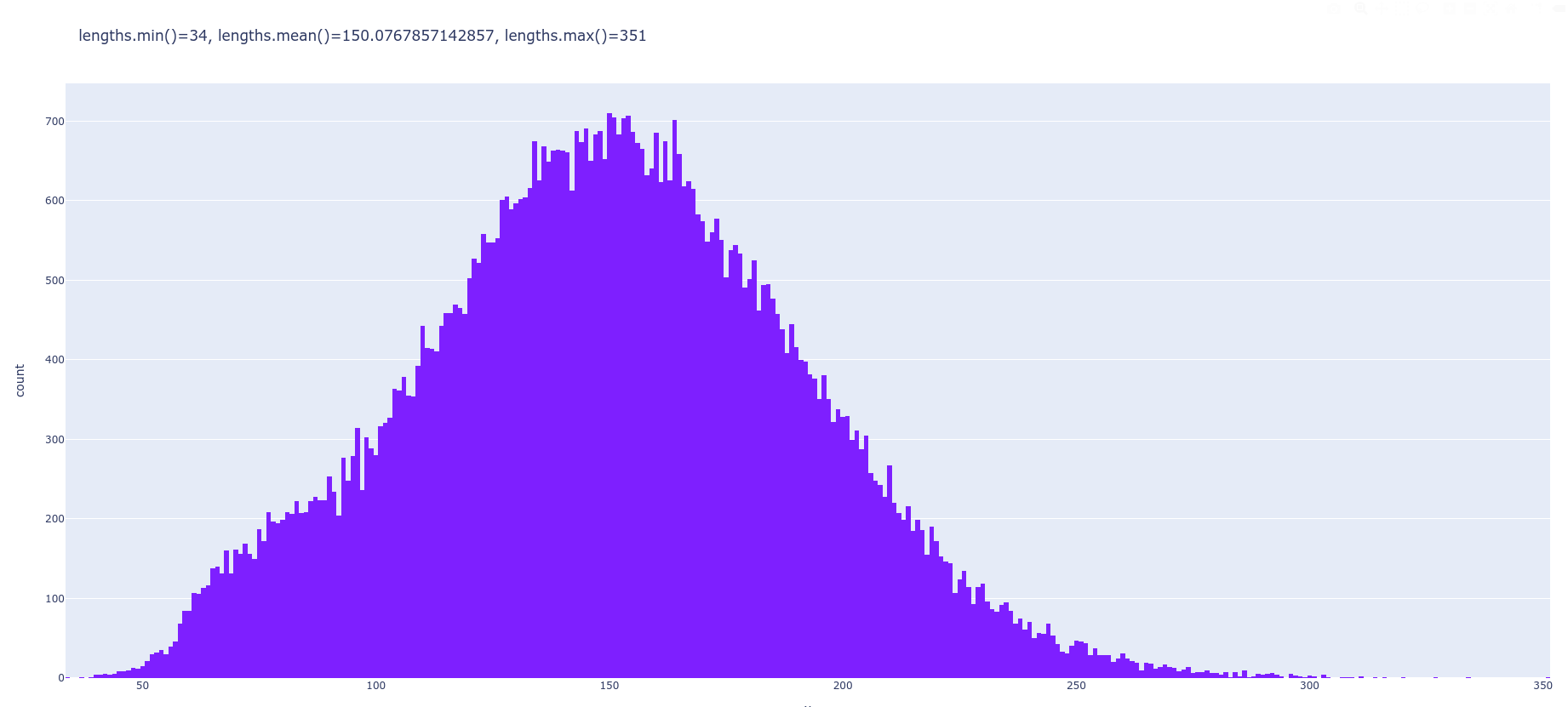The viewer is disabled because this dataset repo requires arbitrary Python code execution. Please consider
removing the
loading script
and relying on
automated data support
(you can use
convert_to_parquet
from the datasets library). If this is not possible, please
open a discussion
for direct help.
Point CLoud MNIST
A point cloud version of the original MNIST.
Getting Started
import matplotlib.pyplot as plt
import numpy as np
from datasets import load_dataset
# load dataset
dataset = load_dataset("cgarciae/point-cloud-mnist")
dataset.set_format("np")
# get numpy arrays
X_train = dataset["train"]["points"]
y_train = dataset["train"]["label"]
X_test = dataset["test"]["points"]
y_test = dataset["test"]["label"]
# plot some training samples
figure = plt.figure(figsize=(10, 10))
for i in range(3):
for j in range(3):
k = 3 * i + j
plt.subplot(3, 3, k + 1)
idx = np.random.randint(0, len(X_train))
plt.title(f"{y_train[idx]}")
plt.scatter(X_train[idx, :, 0], X_train[idx, :, 1])
plt.show()
Format
points:(batch, point, 3)array of uint8.label:(batch, 1)array of uint8.
Where point is the number of points in the point cloud. Points have no order and were shuffled when creating the data. Each point has the structure [x, y, v] where:
x: is the x coordinate of the point in the image.y: is the y coordinate of the point in the image.v: is the value of the pixel at the point in the image.
Samples are padded with 0s such that point = 351 since its the largest number of non-zero pixels per image in the original dataset. You can tell apart padding point because they are the only ones where v = 0.
Here is the distribution of non-zero pixels in the MNIST:
- Downloads last month
- 93

